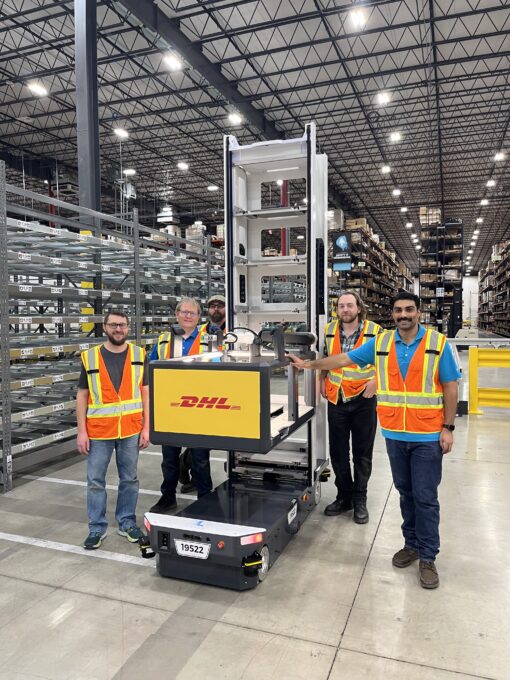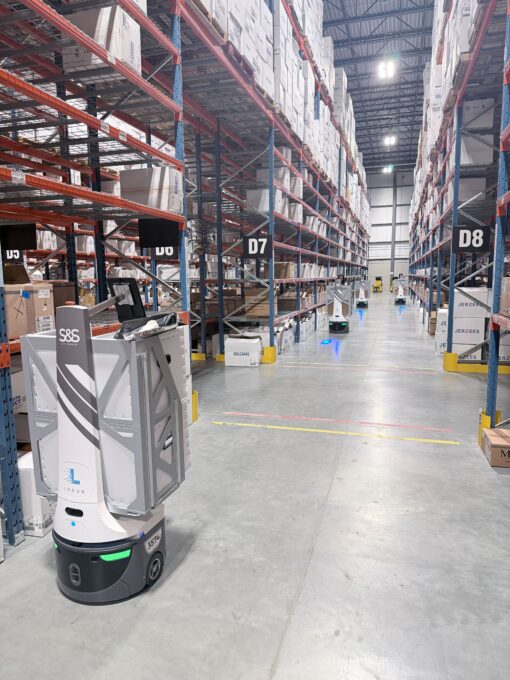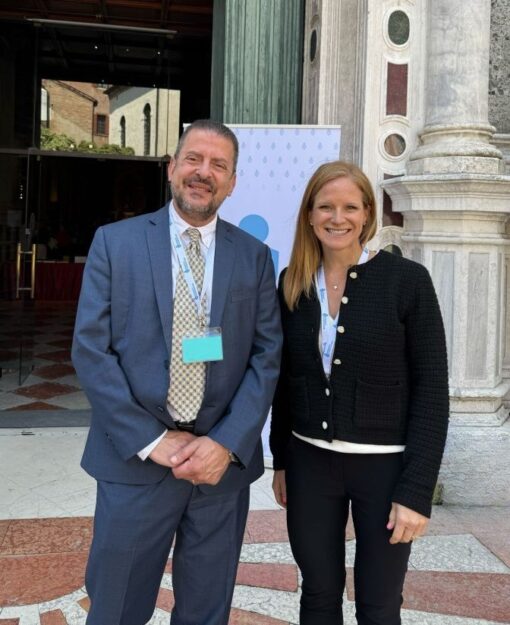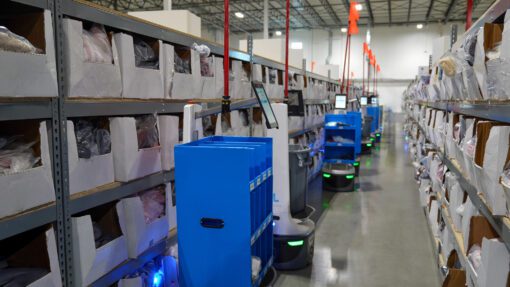WP: How to achieve 400 UPH with Locus Fast Pick
WP: How to achieve 400 UPH with Locus Fast Pick Download Now!
Predictions for Talent in 2026: Navigating Uncertainty, AI, and Generational Shifts
Tracy Simek, Chief People Officer
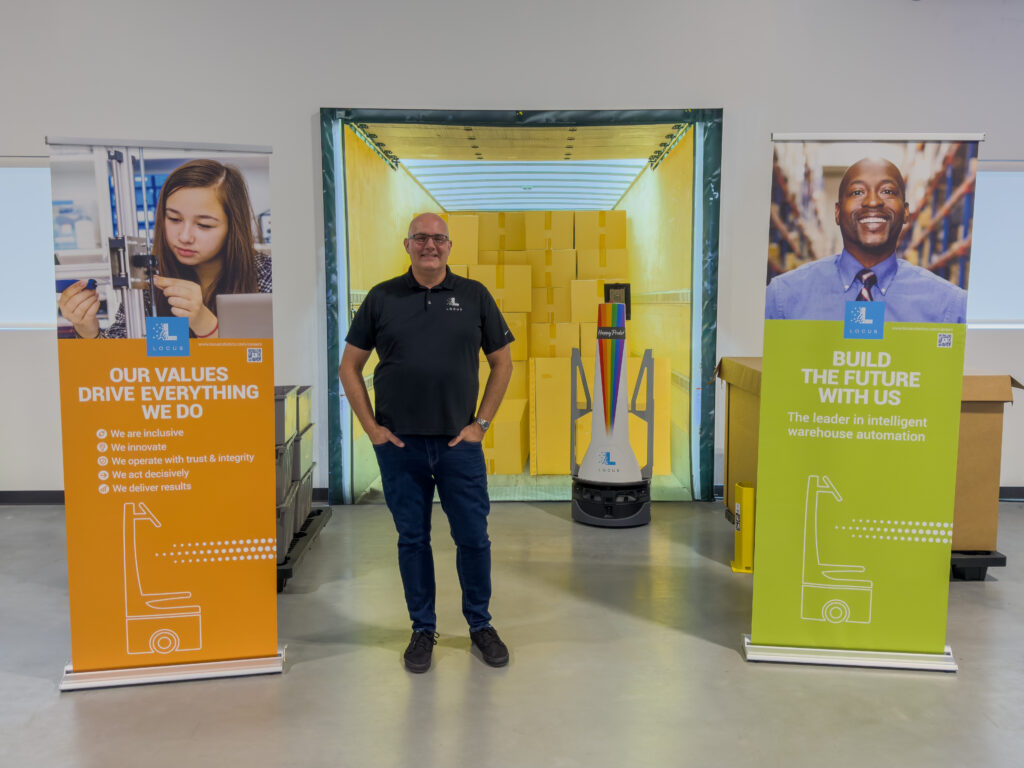
As we approach 2026, the talent landscape is poised for significant evolution, shaped by economic pressures, technological disruptions, and demographic realities. Drawing from current trends, I predict a talent market that is increasingly complex with job hunting and AI, where employers must adapt strategically to attract, retain, and upskill workers.
In this post, I’ll break this down into key areas of the stagnant free talent pool, AI’s dual edged impact, and the upheaval from generational transitions.
Free Talent Market Stagnation
The free talent market, which consists of those actively seeking new opportunities, will remain subdued due to lingering economic uncertainty. In 2025, we have seen inflation stabilize unevenly, supply chain vulnerabilities persist, and geopolitical tensions influence global trade.
By 2026, these factors will likely intensify, prompting individuals to remain in their current roles rather than risk job hopping. According to the International Labour Organization’s World Employment and Social Outlook: Trends 2025, unemployment rates in major economies are expected to hover around 4 to 5 percent, but this masks a deeper reluctance. A “Fortune” article titled “Economic anxiety causing workers to stay at jobs they hate” reports that about 40% of American workers say they’re unhappy in their jobs but unwilling to leave due to concerns about the economy.
As a result, passive candidates will dominate, which makes recruitment more arduous. Employers will need to invest in targeted outreach, such as personalized LinkedIn campaigns or employee referral bonuses, to attract talent away from secure positions. This is not just about salary bumps; it is about offering stability through flexible work models, robust benefits, and clear career paths. Companies that neglect these levers risk prolonged vacancies, especially in high-skill sectors like tech and finance where, as noted in the Society for Human Resource Management’s (SHRM) Labor Market Review: The Talent Shortage Persists, specialized skills remain in critically short supply.
AI: Opportunities and Challenges
Compounding this is the uncertainty surrounding AI, which I see as both a boon and a challenge for talent dynamics in 2026. AI tools are maturing rapidly with advanced generative models that automate data analysis, content creation, and even basic coding, including the use of AI tools to create job postings.
Research from the Boston Consulting Group’s AI at Work 2025 shows that mature AI adoption can improve ROI by 20 to 30 percent through workflow optimization. For instance, in marketing, AI could handle routine A/B testing, freeing teams for strategic ideation.
Yet this same shift risks displacing entry-level and repetitive roles, potentially leading to a skills gap if not managed proactively. This reality is echoed in Goldman Sachs Research’s How Will AI Affect the Global Workforce?, which estimates that innovations in AI could displace 6-7% of the US workforce if AI is widely adopted.
Employers bear a critical responsibility here in that they must facilitate upskilling programs to transition workers into higher value positions. Imagine a customer service rep evolving into an escalation lead or a data entry clerk becoming a process designer/optimizer.
By 2026, I predict standardized AI literacy training in forward thinking firms, perhaps integrated with platforms like Coursera or internal academies like we are doing with our Locus University. Those who neglect this will grapple with morale dips and turnover, while proactive organizations could see productivity surges. As emphasized in McKinsey & Company’s Superagency in the Workplace, the key is empathy and framing AI as a collaborator, not a replacement, to build trust and harness human AI synergy for innovation.
Generational Shifts and Employment Crisis
The most profound disruption stems from the ongoing employment crisis triggered by retiring baby boomers and a shrinking pool of younger workers. According to the World Economic Forum’s Future of Jobs Report 2025, by 2026, projections indicate that in the US alone, over 4 million Boomers will exit the workforce annually, exacerbating a talent shortage already evident in healthcare, manufacturing, and education.
With birth rates declining globally, down to 1.6 in many developed nations per the OECD Employment Outlook 2025, there are simply fewer Gen Z and millennial entrants to fill the void. This imbalance will create market upheaval, forcing a reevaluation of career paradigms.
One major shift will challenge traditional notions of the end of work. Longevity research, including breakthroughs in gene editing and anti-aging therapies, extends health spans. People might live productively into their 80s or 90s, per Stemgenic Global’s The Aging Workforce: Challenges and Opportunities in 2025, which will blur retirement lines.
I foresee policies like phased retirement becoming standard, where older workers mentor while scaling back hours, retaining institutional knowledge. This ties into longer careers: instead of a linear path, workers could expect 50 to 60 years of professional life, prompting multiple reinventions. Younger talents, entering amid this, will prepare for not just career stages but multiple careers. Education systems will adapt, as the Bipartisan Policy Center’s Bridging the Gap report and the World Economic Forum’s October 2025 analysis on AI and education both foresee education systems shifting toward lifelong learning through micro-credentials, certifications, and AI-driven personalized curricula in addition to a rise in people going back to school later in life to get undergrad and graduate-level degrees to set up for an entirely different career direction.
Career advancement will also transform as seniors linger in high level roles. With experience trumping youth in complex decision making, promotions might slow, frustrating mid-career professionals. To counter this, organizations could adopt matrix structures, where advancement means lateral expertise building rather than vertical climbs. For example, a manager might lead cross functional projects without displacing tenured executives. This could foster innovation but risks generational friction; smart leaders will bridge it through reverse mentoring programs, where juniors teach emerging skills to veterans.
Conclusion
In summary, the 2026 talent market demands agility. Economic caution will tighten the free talent pool, AI will redefine roles with proper stewardship, and demographic shifts will reshape career longevity and progression. Employers who thrive will prioritize inclusivity, investing in training and flexible models to turn challenges into opportunities. For workers, adaptability is key, embracing continuous growth amid uncertainty. I predict that 2026, amid its challenges, will prove to be a year of significant, rapid evolution and solid growth in people management.
Lastly, if you want to work at a company that values authenticity, strong skills, and hires at all experience levels, check out the Locus Robotics’ Careers page at locusrobotics.com/careers!
About the Author
Tracy brings over 20 years of management, recruiting and human resources experience to Locus Robotics. Working with high-growth companies such as ABC Legal Services, Harman, Intronis, Barracuda Networks and iRobot, he specializes in building progressive, scalable recruiting and HR programs from the ground up. Tracy holds a Bachelor of Science degree in Business Administration, and a Master of Science degree in Human Resource Management.

